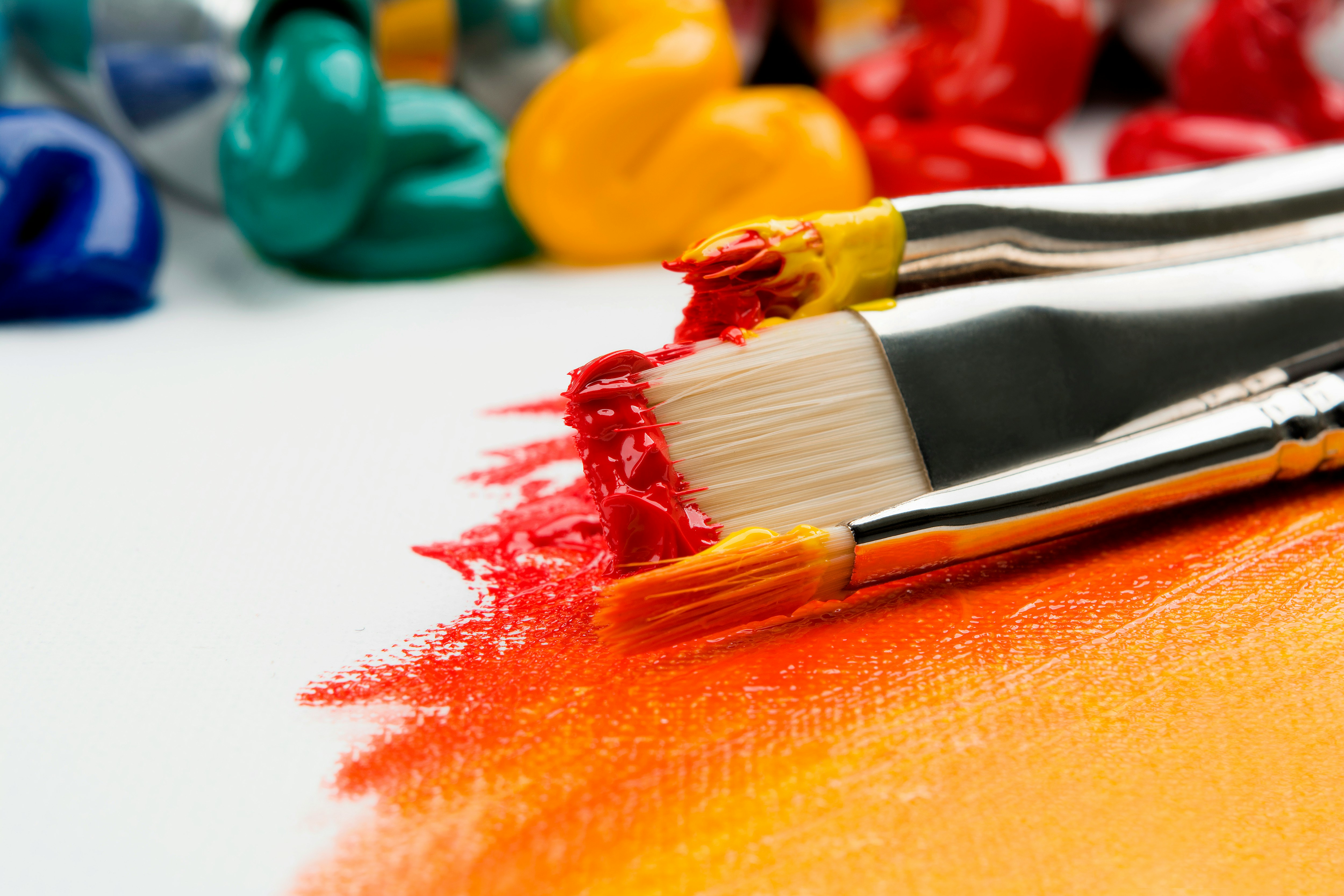
March 1, 2025
Rocks in the Art Room
Teaching Art With No Sink
One of the “rocks” I had to identify when I first started teaching elementary and middle school art in a make-shift classroom was the reality of no running water. That’s right: my room doesn’t have a faucet to rinse off hands, to rinse off brushes, to rinse out paint or glue containers.
A “rock” in this context is a logistic or a factor I cannot change. You probably have some rocks that you face in your room. Maybe it’s no prep time between classes. Perhaps it’s a shared or small room.
Because I can not change this reality of being without a sink, I was tasked with coming up with a solution. WOW! Thankfully, the art teacher community is a place of abundant sharing and ideas. So, I quickly adopted one of the ideas I came across which is an economical and basic solution: a “CLEAN” bucket and a “DIRTY” bucket. I found 8-gallon plastic buckets with handles at Home Depot a few years ago. They are the perfect size so that water doesn’t splash out when being transported upstairs. (Oh yes, I also have that rock!) I only fill them one third to half way. If you can only find 5-gallon buckets, that should work just fine. I place both buckets on a heavy duty boot tray, in case there are spills, which is on top of a waist-tall table.
When it’s time for clean water for painting, the students dip in recycled yogurt containers or old glass jars from the CLEAN bucket.
When they need to clean their brushes, they do their best to get the excess paint off on a paper towel first, and then use clean (or more often dirty water!) to finish cleaning their brush.
At the end of class, or when they need clean water, they dump their DIRTY water into the correct bucket (most of the time)!
Another idea I have adopted as I plan art projects is to simplify the paint component. Sometimes we use tempera cakes (also known as pucks), while other times liquid watercolors in muffin cup trays are the way to go. I keep a stack of single use paper plates in my room for when we get out the tubes of acrylic or watercolor, so we don’t have to wash off painter palettes. Wasteful to some, but completely worth it to me. The kids just toss the plate in the trash can when they’re done.
What are some ways you have learned to manage teaching art without a sink? I’d love to learn from you.
--Allie Dodson teaches art at Schola.